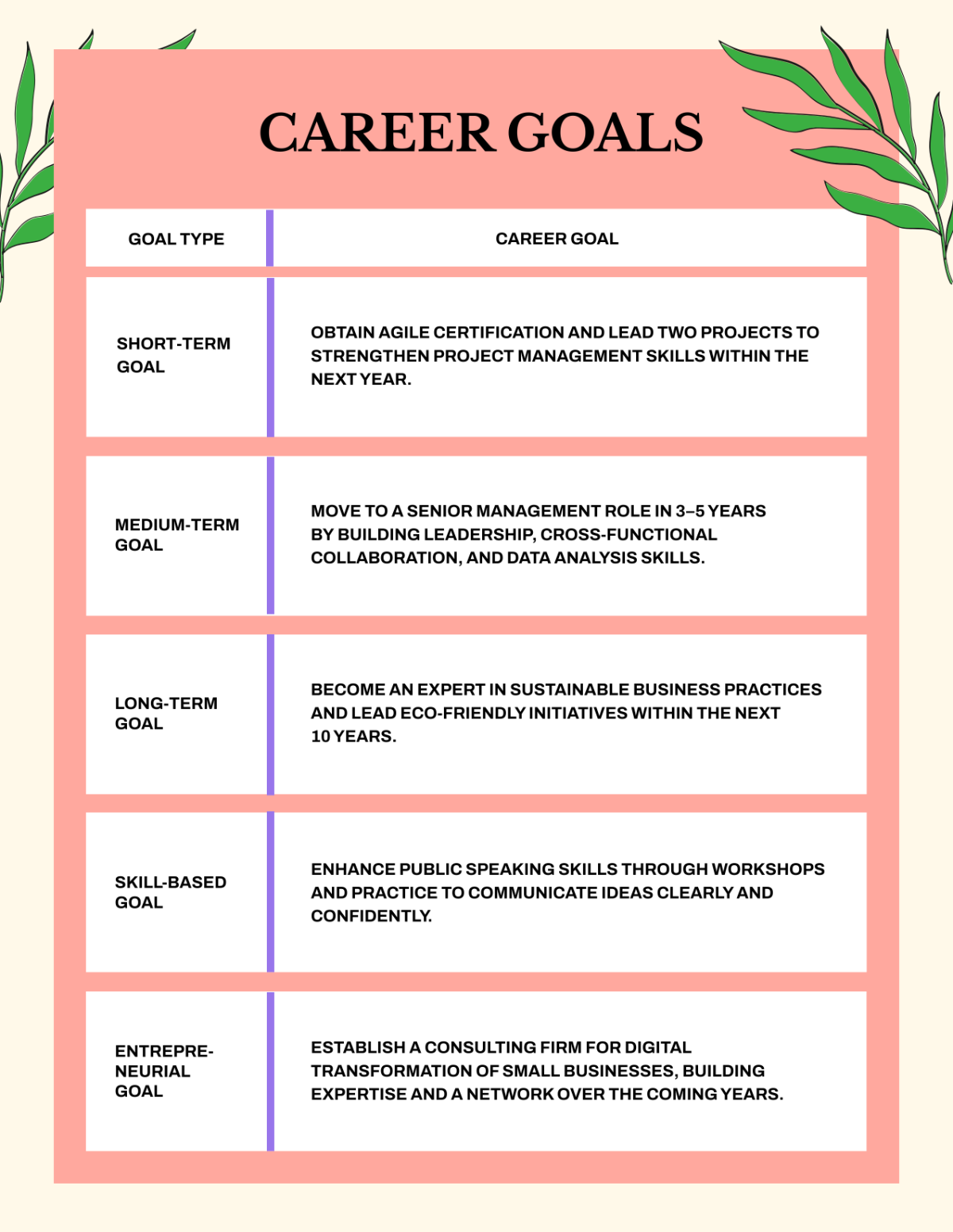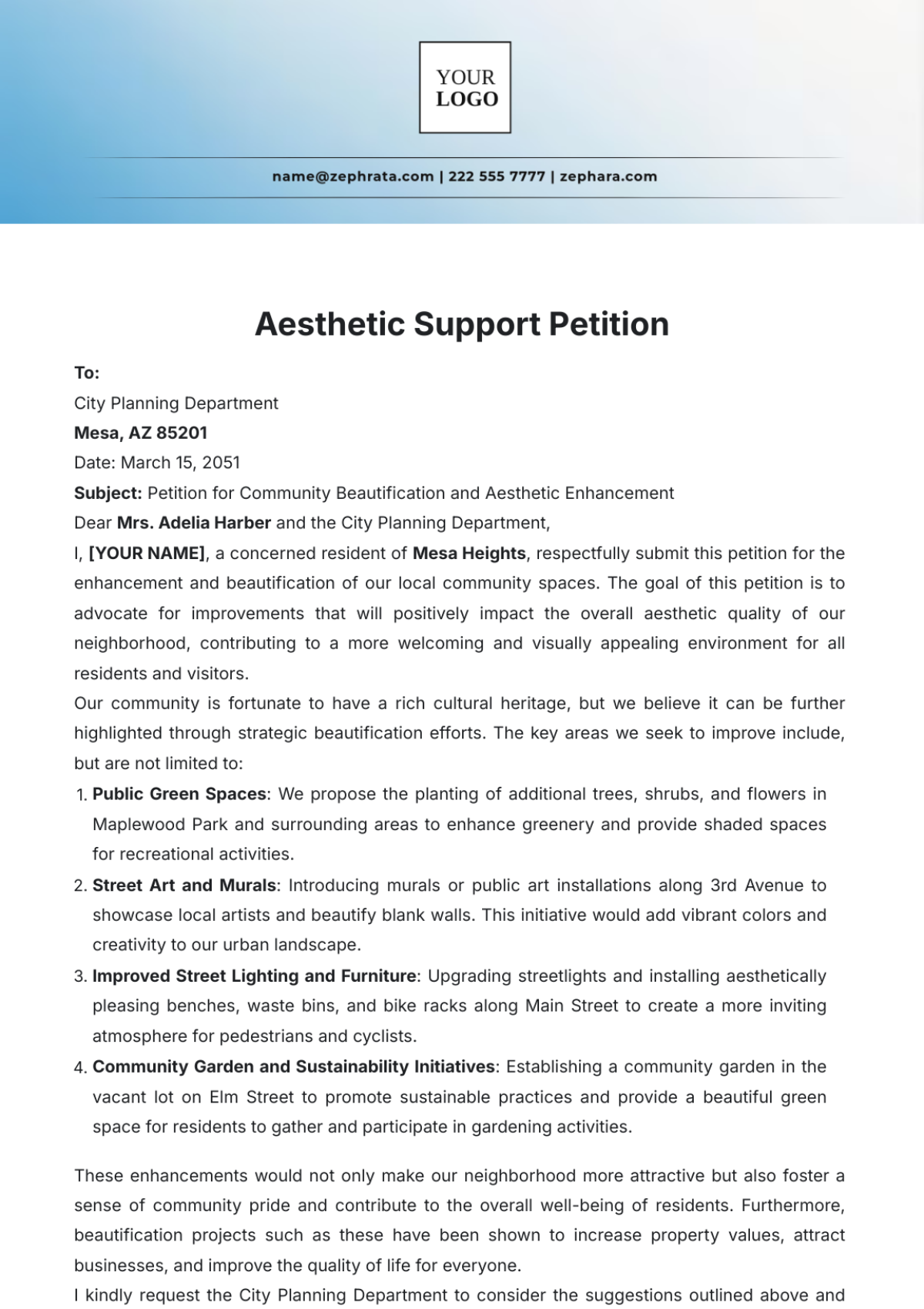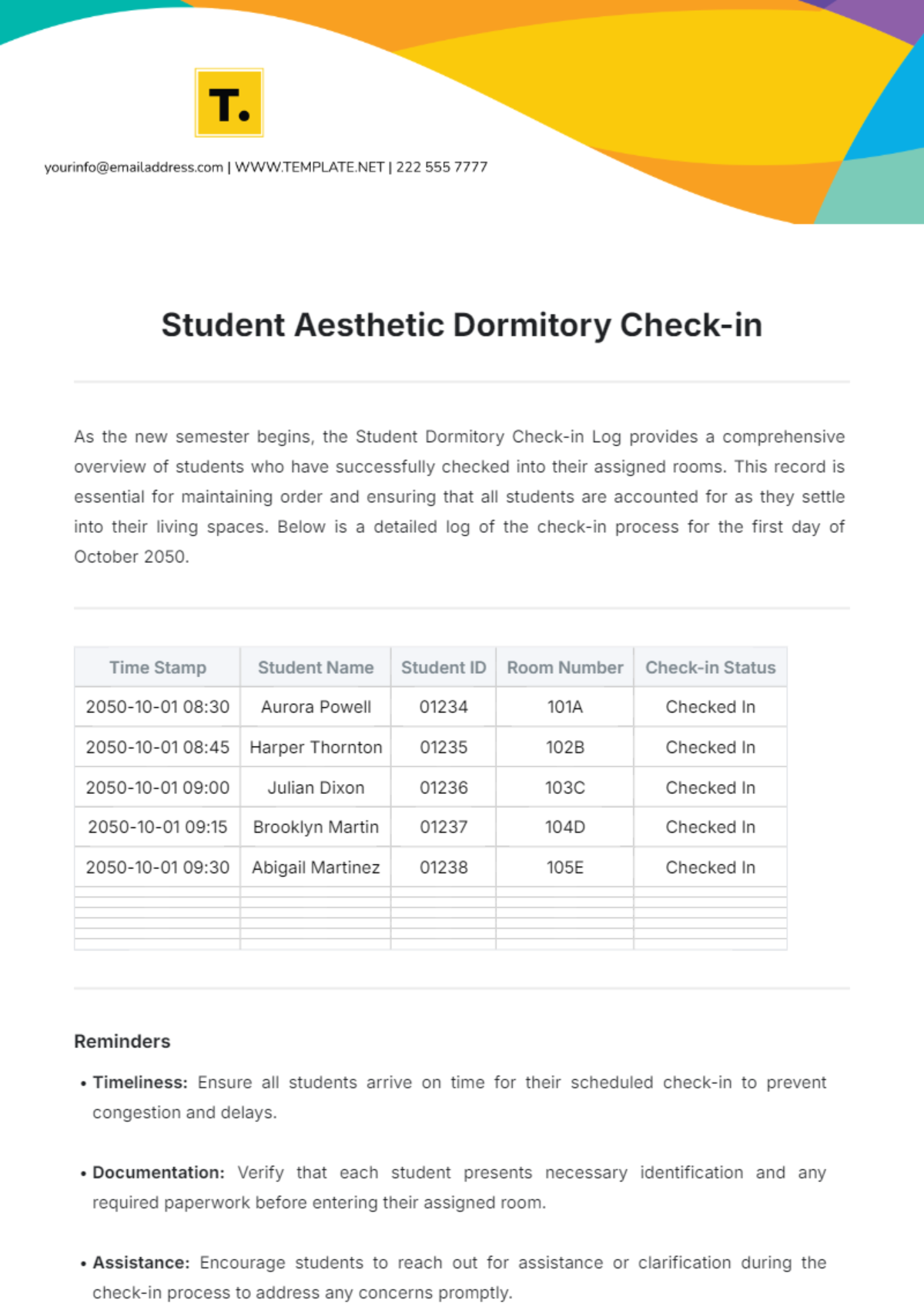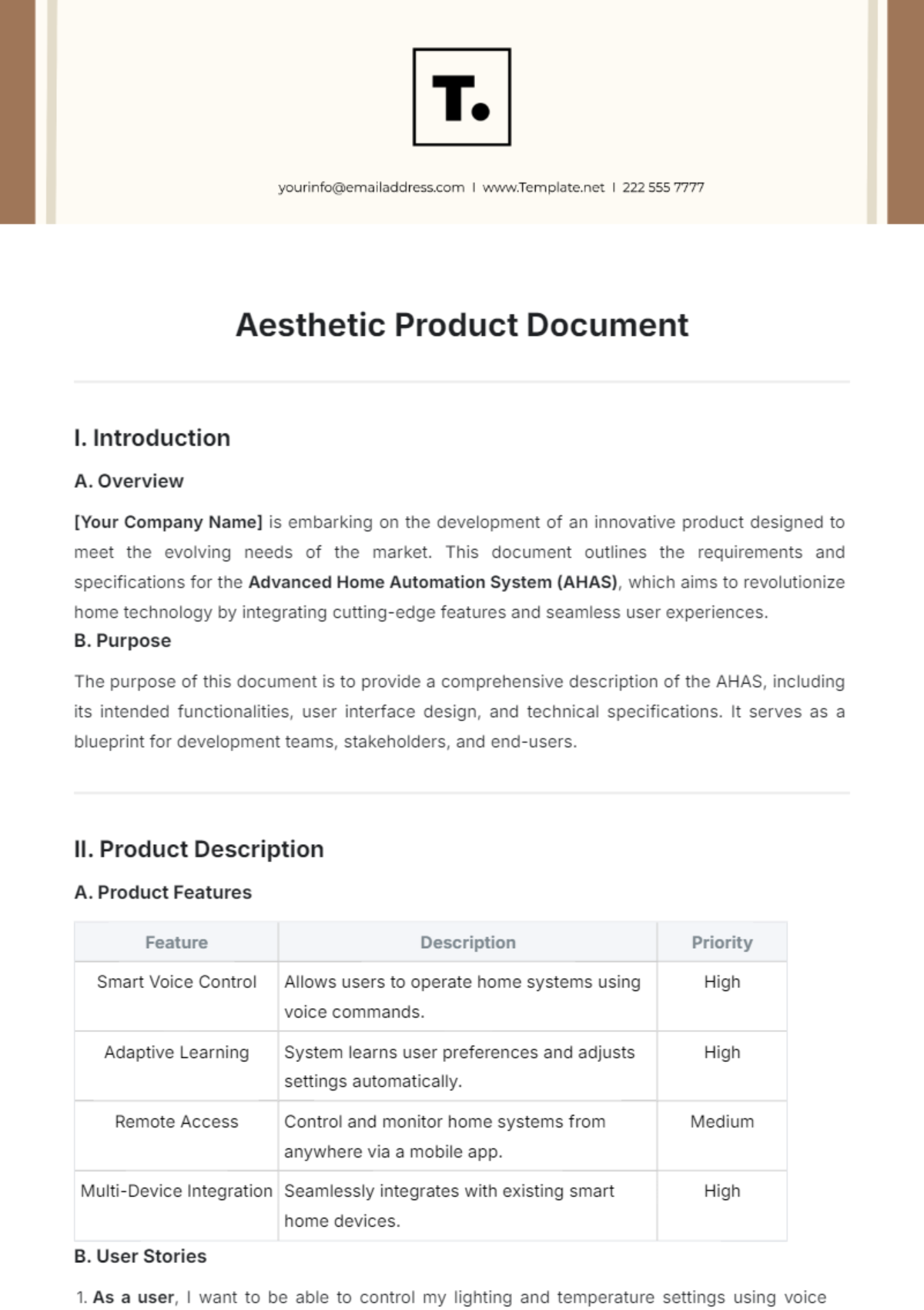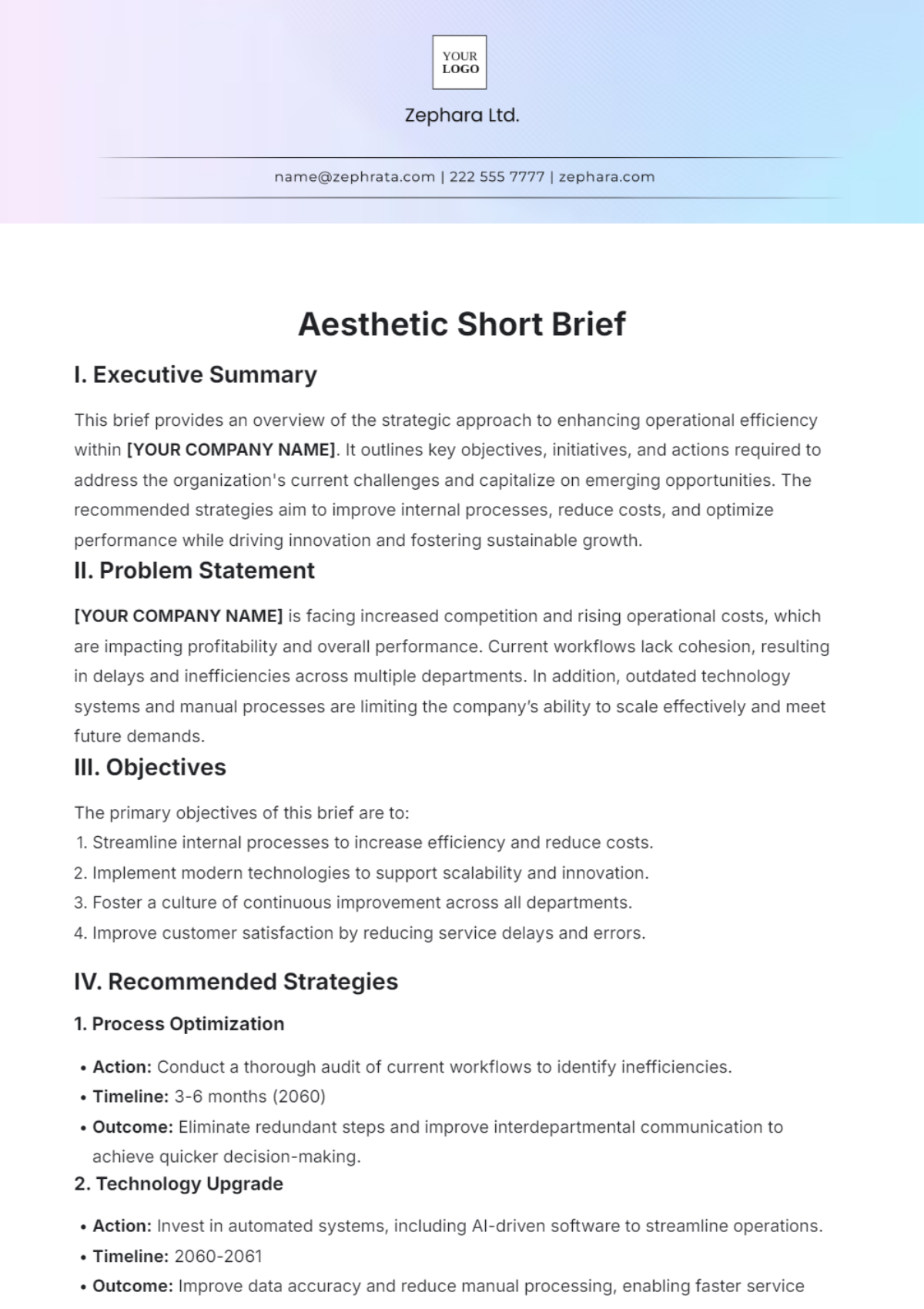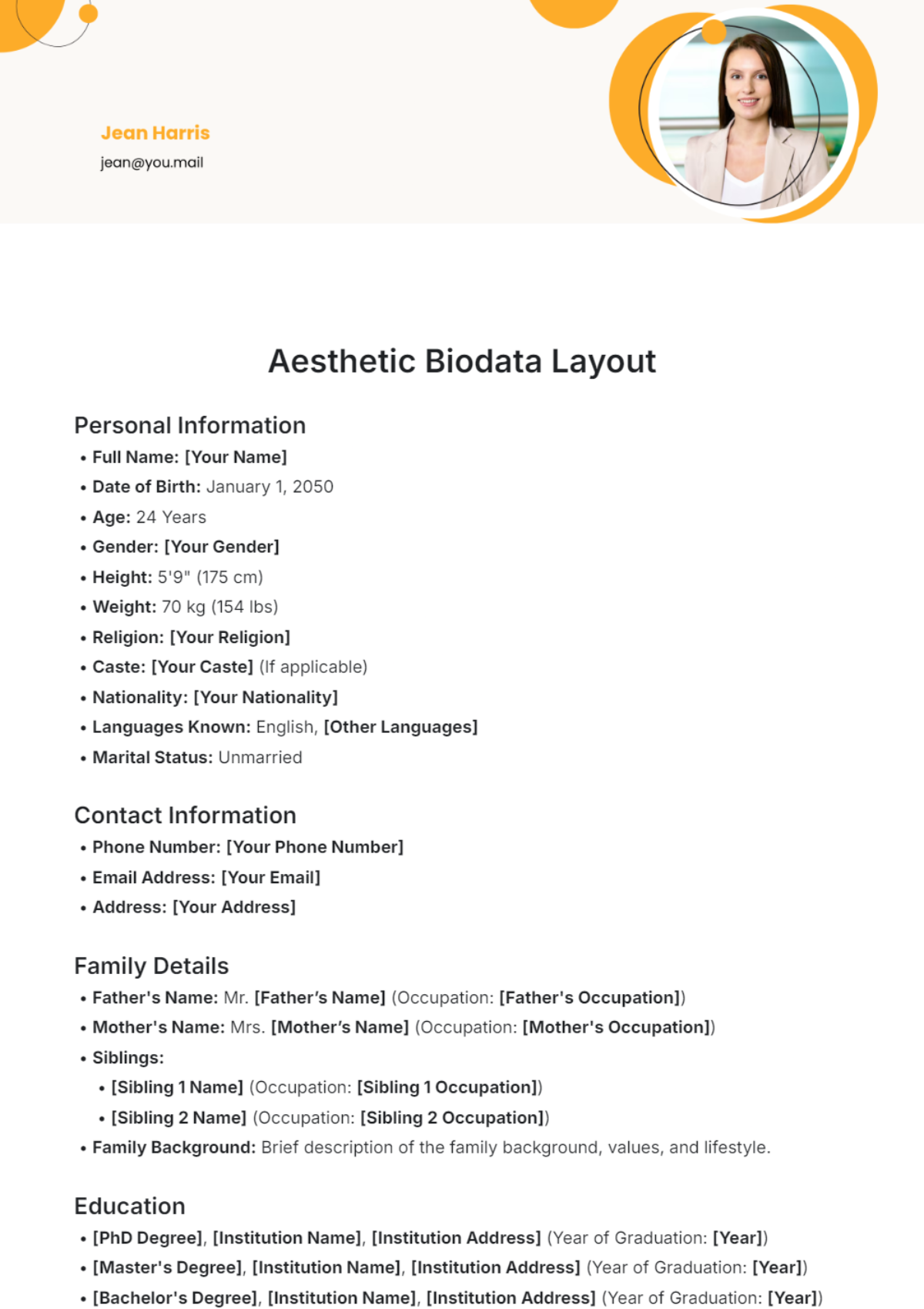Aesthetic Grocery Store Restocking Guideline
I. Introduction
A. Purpose of the Guideline
The purpose of this guideline is to establish a detailed and systematic approach for the restocking process at [Your Company Name] grocery store. This document is designed to provide a clear and comprehensive set of instructions that all employees can follow to ensure consistency and efficiency in restocking operations. By adhering to these guidelines, we aim to enhance the overall shopping experience for our customers, minimize waste, and optimize the store's inventory management processes. Consistent application of these standards helps maintain a high level of store presentation, contributing to customer satisfaction and loyalty.
B. Importance of Restocking
Restocking is crucial in creating a positive shopping environment that encourages customers to explore and purchase products. An attractive store layout not only enhances the visual appeal of the store but also aligns with [Your Company Name]'s branding and marketing strategies. Properly arranged products can influence customer behavior, leading to increased sales and improved customer retention. Effective visual merchandising creates a pleasant shopping experience by making it easier for customers to find products, which in turn can enhance their perception of the store and its offerings. The goal of aesthetic restocking is to create an inviting atmosphere that reflects the quality and standards of [Your Company Name].
C. Scope of the Guideline
This guideline is applicable to all employees involved in the restocking process at [Your Company Name], including store managers, stock clerks, and part-time workers. It encompasses the entire restocking procedure, from the receipt of shipments to the final arrangement of products on shelves. Additionally, this document provides specific best practices for maintaining the aesthetic appeal of various store sections, including fresh produce, dairy products, frozen foods, and non-perishable items. The guidelines are designed to ensure that every aspect of the restocking process is handled with care and attention to detail, contributing to the overall success of [Your Company Name].
II. Preparation for Restocking
A. Receiving Shipments
Inspection of Delivered Goods
Upon receipt of shipments, thoroughly inspect all delivered goods to verify that they match the purchase order. This includes checking for any visible damage, verifying expiration dates, and assessing the overall quality of the products. Damaged or defective items should be documented and reported immediately to the supplier for resolution. Accurate inspection ensures that only high-quality products are placed on the shelves, thereby maintaining the store's standards and preventing potential customer complaints.
Documentation and Record-Keeping
Maintain meticulous records of all received shipments, including details such as the quantity, condition, and any special handling instructions for each item. Proper documentation is essential for effective inventory management and tracking stock levels. It also facilitates the resolution of any discrepancies that may arise between the order and the delivery. Accurate records support efficient stock control and help prevent issues related to inventory shortages or overages.
Handling Perishable Items
For perishable items such as dairy, meat, and fresh produce, prioritize their inspection and transfer to designated storage areas as soon as they arrive. This helps to preserve their freshness and prevent spoilage. Ensure that perishable items are stored at the appropriate temperatures immediately after arrival. Regularly check refrigeration units and storage conditions to maintain the quality and safety of these products.
B. Organizing the Stockroom
Categorization and Labeling
Organize products in the stockroom by categorizing them according to type and expiration date. Clearly label shelves and storage bins to facilitate easy identification and retrieval of items during the restocking process. Proper categorization and labeling streamline inventory management and ensure that products are easily accessible when needed. This practice also helps in maintaining orderliness and efficiency within the stockroom.
FIFO (First In, First Out) Method
Implement the FIFO method to ensure that older stock is used before newer stock. This practice helps to minimize waste by reducing the likelihood of products expiring before they are sold. By placing newer items behind older ones, you ensure that products are rotated in a way that maintains their freshness and quality. Regular adherence to the FIFO method contributes to effective inventory management and reduces the risk of product spoilage.
Safety and Cleanliness
Keep the stockroom clean and organized to ensure a safe working environment and prevent accidents. Regularly sweep floors, wipe down surfaces, and dispose of any trash or packaging materials promptly. A clean and orderly stockroom not only enhances safety but also improves the efficiency of restocking operations. Regular maintenance of the stockroom helps to prevent hazards and ensures that employees can work effectively without interruptions.
III. Restocking Procedure
A. Scheduling and Timing
Peak and Off-Peak Hours
Schedule restocking activities during off-peak hours to minimize disruption to customers. Early mornings or late evenings are typically ideal times for restocking, as the store is less crowded and employees can work more efficiently. Avoid restocking during peak shopping times to ensure that customers are not inconvenienced. Proper scheduling helps to maintain a smooth flow of operations and ensures that restocking activities do not interfere with customer service.
Staff Allocation
Assign specific restocking tasks to designated employees to ensure that the process is carried out efficiently. Make sure there is a sufficient number of staff members available to handle the restocking tasks without compromising customer service. Clear communication and coordination among team members are essential for a successful restocking process. Proper staff allocation ensures that restocking activities are completed in a timely manner and that customer needs are met effectively.
B. Handling Products
Careful Handling
Handle all products with care to avoid damage. Use appropriate equipment such as carts, dollies, and pallet jacks to transport heavy or bulky items safely. Proper handling practices prevent product damage and ensure that items are delivered to the shelves in optimal condition. Employees should be trained in proper handling techniques to minimize the risk of accidents and product loss.
Product Placement
Place products on shelves in an organized and visually appealing manner. Ensure that labels are facing outward and that items are aligned neatly. Follow the store’s planogram or shelf layout to maintain consistency and ensure that products are displayed according to the store’s merchandising standards. Proper product placement enhances the store's appearance and makes it easier for customers to find and purchase items.
Rotation of Stock
Rotate stock according to the FIFO method to ensure that older stock is used before newer stock. This practice helps to maintain product quality and reduce waste. By regularly rotating stock, you ensure that products are sold in a timely manner and that customers receive fresh items. Proper stock rotation is an essential aspect of effective inventory management and contributes to overall store efficiency.
C. Maintaining Aesthetic Appeal
Visual Merchandising
Arrange products in an attractive manner to capture customers' attention and encourage purchases. Utilize creative displays, eye-catching signage, and promotional materials to highlight special offers or seasonal items. Effective visual merchandising enhances the store’s overall ambiance and draws customers to featured products. Regularly update displays to reflect current promotions and seasonal themes.
Shelf Arrangement
Keep shelves fully stocked but not overcrowded. Maintain uniform spacing and alignment of products to create a tidy and organized appearance. Proper shelf arrangement helps to present products attractively and makes it easier for customers to browse and shop. Ensure that shelves are regularly checked and restocked to maintain an appealing and functional display.
Regular Checks and Adjustments
Perform regular checks to ensure that shelves remain tidy and well-stocked throughout the day. Make adjustments as needed to maintain the visual appeal of product displays. Address any issues such as empty or disorganized shelves promptly to ensure a positive shopping experience for customers. Continuous monitoring and adjustment help to maintain high standards of store presentation.
IV. Section-Specific Guidelines
A. Fresh Produce Section
Quality and Freshness
Inspect all produce items for quality and freshness before placing them on display. Remove any damaged, bruised, or spoiled items immediately to maintain the overall appearance and quality of the produce section. Regularly check for signs of spoilage and replace items as needed. Ensuring the freshness of produce is critical to customer satisfaction and reflects positively on [Your Company Name]'s commitment to quality.
Arrangement and Display
Arrange produce in an aesthetically pleasing manner, grouping similar items together and using baskets or crates for visual appeal. Create displays that highlight seasonal or promotional items and encourage customers to explore a variety of products. Proper arrangement of produce not only enhances the store's appearance but also makes it easier for customers to find and select items.
Temperature Control
Ensure that produce is stored at the appropriate temperature to maintain freshness and prevent spoilage. Regularly monitor and adjust refrigeration units to ensure they are functioning correctly. Proper temperature control is essential for preserving the quality of perishable items and preventing potential health risks.
B. Dairy and Refrigerated Products
Temperature Maintenance
Store dairy and refrigerated products at the recommended temperatures to ensure their safety and quality. Regularly check the temperature of refrigeration units and make adjustments as needed. Proper temperature maintenance prevents spoilage and ensures that dairy products remain fresh for customers.
Expiration Dates
Pay close attention to expiration dates when restocking dairy products. Place items with the earliest expiration dates at the front of the shelves to ensure they are sold first. Regularly check for expired items and remove them promptly to maintain product quality and prevent customer complaints.
Cleanliness
Keep refrigeration units and shelves clean and free of spills to maintain hygiene. Wipe down surfaces and clean any spills or messes immediately. Regular cleanliness checks help to ensure that the dairy section remains sanitary and visually appealing.
C. Frozen Foods
Proper Storage
Store frozen foods at the correct temperature to prevent thawing and spoilage. Monitor freezer units regularly to ensure they are operating efficiently and maintain the appropriate temperature. Proper storage of frozen foods is essential for preserving their quality and ensuring customer safety.
Product Placement
Arrange frozen foods neatly in freezers, ensuring that items are easily accessible to customers. Avoid overcrowding freezers and ensure that products are organized for easy retrieval. Proper product placement helps to maintain an organized and visually appealing frozen foods section.
Regular Rotation
Rotate frozen stock regularly to ensure that older items are used before newer ones. Follow the FIFO method to maintain product quality and reduce the risk of spoilage. Regular rotation of frozen stock helps to ensure that customers receive fresh and high-quality products.
D. Non-Perishable Goods
Organized Shelving
Arrange non-perishable goods in a logical and organized manner, grouping similar items together and using clear signage to guide customers. Proper shelving and organization make it easier for customers to find products and enhance the overall shopping experience.
Stock Levels
Maintain adequate stock levels for non-perishable goods to prevent shortages. Replenish shelves promptly when items are running low to ensure that customers have access to the products they need. Effective management of stock levels helps to prevent lost sales and customer dissatisfaction.
Promotional Displays
Use end caps and promotional displays to highlight special offers, new products, or seasonal items. Keep promotional displays neat and well-stocked to attract customer attention and drive sales. Regularly update promotional displays to reflect current promotions and seasonal themes.
V. Customer Interaction During Restocking
A. Minimizing Disruption
Polite Communication
Communicate politely with customers during restocking activities, offering assistance if they have questions or need help finding products. Provide clear directions and answer any inquiries courteously to ensure a positive customer experience.
Clear Signage
Use clear and visible signage to inform customers of ongoing restocking activities and direct them to alternate aisles if necessary. Signage helps to minimize confusion and ensures that customers are aware of any temporary changes in store layout.
B. Maintaining a Clean Environment
Prompt Clean-Up
Clean up any spills or messes immediately to maintain a safe and clean shopping environment. Regularly check for and address any hazards or obstructions that may arise during restocking activities.
Organized Work Area
Keep restocking carts, equipment, and supplies organized and out of customer pathways to prevent obstructions. An organized work area helps to ensure smooth restocking operations and prevents disruptions to customers.
VI. Inventory Management
A. Tracking Stock Levels
Regular Audits
Conduct regular inventory audits to track stock levels and identify any discrepancies. Use inventory management software to maintain accurate records and facilitate inventory tracking. Regular audits help to ensure that stock levels are accurate and that inventory management processes are effective.
Reordering
Place orders for new stock in a timely manner to prevent shortages and ensure that inventory levels are maintained. Monitor stock levels closely and reorder products before they run out to avoid disruptions in store operations. Effective reordering helps to maintain optimal stock levels and prevent lost sales.
B. Managing Overstock
Storage Solutions
Use efficient storage solutions to manage overstock and ensure that excess stock is stored safely and organized for easy access. Implement storage systems that maximize space and facilitate easy retrieval of overstock items.
Promotional Strategies
Implement promotional strategies to sell overstock items, such as offering discounts or special promotions. Use marketing techniques to encourage customers to purchase overstock items and reduce excess inventory. Effective promotional strategies help to manage overstock and improve inventory turnover.
VII. Training and Development
A. Employee Training
Initial Training
Provide comprehensive training for new employees on the restocking process, including handling products, maintaining displays, and interacting with customers. Ensure that employees understand the importance of aesthetic restocking and are familiar with the store's guidelines and procedures.
Ongoing Training
Offer ongoing training sessions to keep employees updated on best practices and new procedures. Encourage continuous learning and improvement to ensure that employees are equipped to perform their tasks effectively and efficiently.
B. Performance Evaluation
Regular Assessments
Conduct regular performance assessments to evaluate employees' adherence to restocking guidelines. Provide constructive feedback and recognize excellent performance to motivate employees and encourage adherence to store standards.
Improvement Plans
Develop improvement plans for employees who need additional support. Offer guidance and resources to help them meet the store’s restocking standards and improve their performance. Providing support and resources helps employees develop their skills and contributes to overall store efficiency.
VIII. Conclusion
A. Summary
This Grocery Store Restocking Guideline for [Your Company Name] provides a detailed framework for maintaining an organized, attractive, and customer-friendly store environment. By following these guidelines, employees can ensure that products are displayed in a visually appealing manner, inventory is managed efficiently, and customers have a positive shopping experience. Adhering to these standards helps to maintain the store’s high level of presentation and customer service.
B. Continuous Improvement
Continuous review and improvement of the restocking process are essential for maintaining high standards. Encourage employees to provide feedback and suggestions for enhancing the aesthetic appeal and efficiency of the store. Regularly update the guideline to reflect best practices, new developments in store management, and changes in customer preferences. Continuous improvement helps to ensure that the store remains competitive and meets the evolving needs of customers.
C. Commitment to Excellence
[Your Company Name] is committed to maintaining high standards of store presentation and customer service. By adhering to these restocking guidelines, we can create a welcoming and enjoyable shopping environment that keeps customers coming back. Our commitment to excellence is reflected in every aspect of the restocking process, from product handling to store presentation, ensuring that [Your Company Name] continues to provide an exceptional shopping experience.



